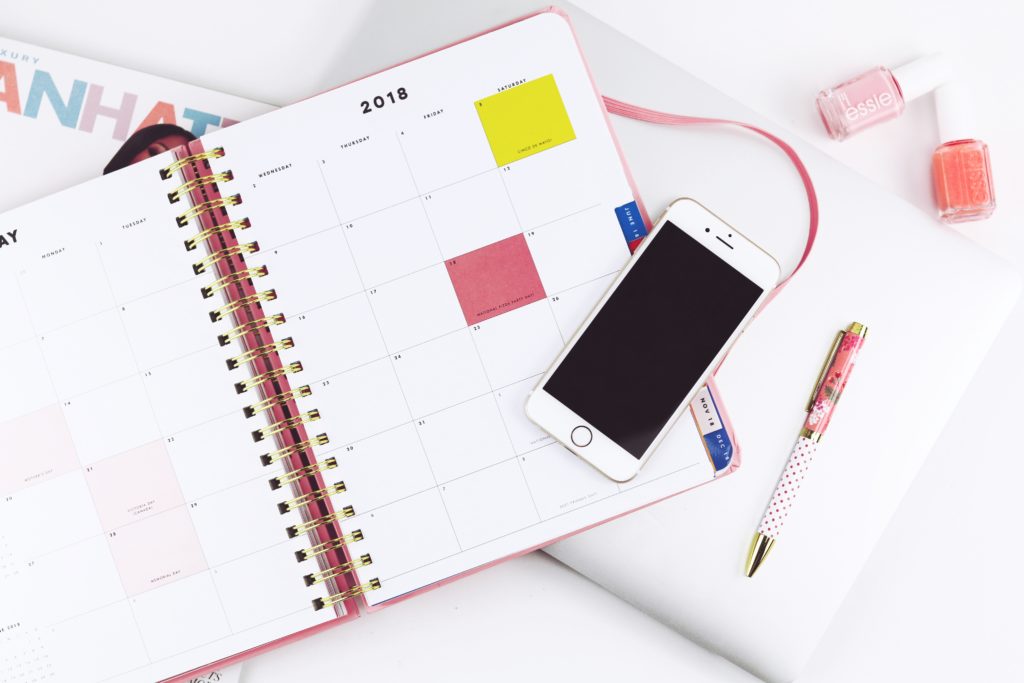

By Russell Pitcairn, The Junkluggers, (215) 779 1644
Recently, I asked my network to share several of their favorite books. Below is a list of inspirational books along with their own key takeaway. Feel free to comment if you have read any of the books below. Let me know if you have a favorite book that has inspired you. Please enjoy!
“Who Moved My Cheese” by Spencer Johnson
Linda’s Key Takeaway: Be Flexible
“The Tipping Point” By Malcolm Gladwell
Linda’s Key Takeaway: Keep your eyes and mind open at a high level.
“The Purple Cow” By Seth Godin
Nate’s Key Takeaway: Companies that have grown into large successful organizations did so by offering a remarkable service or product. In order to succeed in the same industry, you must offer SOMETHING ELSE that is remarkable, stands out, and talks to the people. It’s the only way to be successful in the long run.
“The Go Giver” By Bob Burg and John David Mann
“A Complaint Free World” By Will Bowen
Linda’s Key Takeaway: Be aware, stop and surround yourself with those that come up with solutions…not complaints.
“Wild: From Lost to Found on The Pacific Crest Trail” By Cheryl Strayed
Linda’s Key Takeaway: Get out of your comfort zone.
“Resilience” By Eric Greitens
“Never Split the Difference” By Chris Voss.
Russell’s Key Takeaway: If someone gives you a response you do not like, ask open ended questions like “Why?” or “How?” This may reveal key information, or may get the other person to come up with a different response.
“One Small Step Can Change Your Life” By Robert Maurer
Linda’s Key Takeaway: Move with intention and control.
“Welcoming the Unwelcome” By Pema Chodron
Darla’s Key Takeaway: The time we live in is a fertile ground for training in being open-minded and open-hearted. If we can learn to hold this falling apart-ness without polarization and without becoming fundamentalists, then whatever we do today will have a positive effect on the future.
“A Fine Mess” By TR Reid
Blair’s Key Takeaway: Understanding America’s tax system and an effective way to restructure it. Lower tax rates but eliminate deductions/ways people avoid them, but broaden the tax base/tax on spending of earnings.
Why are some people able to get more done in less time? What’s their secret?
No secret. They’ve mastered how to manage their time.

What is Time Management?
Simply put, it means to effectively manage your time to do what needs to be done on time. Most people feel overscheduled, do not plan their time well, spend too much time on unimportant tasks and so on. It’s not a time issue; it’s an organizing issue. In most cases, proper time management is lacking.
“I definitely am going to take a course on time management…just as soon as I can work it into my schedule.” ~ Louis Boone
To maximize productivity, you must know and apply effective time-management systems and tools that work for you. Here are some proven ways:
Organization
If you’re disorganized, you cannot maximize your productivity. Your first step is to get organized.
Eat That Frog
“The first thing you do each morning is to eat a live frog.” ~ Mark Twain
The “frog” is your toughest, most important task. Twain’s point was to get it done first each morning and the rest of the day should be easier.
Task Batching
This means scheduling time to do similar tasks. For example, reply to emails from 2:00-3:00.
Active v. Productive
There’s a huge difference between busy and productive.
“Do not confuse motion and progress. A rocking horse keeps moving but does not make any progress.” ~ Alfred Montapert
I recommend watching this three-minute video, which nails it. It’s meant for older folks with ADHD but everybody can relate.
Multitasking
Forget it. According to Forbes.com, 98% of us don’t multitask well. We’re actually just shifting between tasks which takes our brain time to constantly refocus. Studies show multitasking can reduce productivity by as much as 40%. However, I say it works when one task is mindless and your focus is on the other one.
Procrastination
Delaying inhibits productivity. Be intentional, positive and focused on your objective.
To-Do List
Use one! It’s critical to note tasks in one place, on paper or your device, so you don’t forget.
To begin, implement one or two tips. Practice until they’re routine. Repeat. There’s no shortcut but, over time, you’ll accomplish more in less time. That means more time to spend at work, with family, to read a book, do yoga or on whatever you want!
© 2019 Adriane Weinberg. All rights reserved.

First, let me confess: I am NOT what you might call an “Early Adopter” when it comes to technology.
I need to know that an app/program has been around a long time, is secure and is fast and easy to learn and use.
Here are 5 tech tools that meet those requirements. Use them daily to free up mental clutter, to run on time with appointments and projects, and to help you access information quickly.
You will enjoy the benefits of a calmer daily routine and the ability to access information speedily if you take a little effort to use one or more of these tech tools!

That can look like many things: maintaining a written planner, using and sharing an online calendar, time blocking, scheduling appointments as well as daily tasks, or creating a timeline for big events. And, while creating a timeline is a great way to keep track of any project or event that you are planning, it is a most valuable asset in managing a move.
Moving is uncomfortable and inconvenient at best, and downright exasperating and stressful at its worst. This is due to the infrequency and unpredictability of the process.
This isn’t an undertaking the average person practices over and over again throughout the year. We don’t move to a new home every week! Therefore, we don’t get the opportunity to hone and streamline each step of the process. And, even if we do sharpen our skills, there are some factors that just cannot be foreseen. Housing deals fall through, moving trucks get delayed, people in our lives have emergencies that need to be handled. Making a timeline cannot change these unexpected delays but it can put us in control of how to manage them and that’s what being organized is all about – being prepared.
Whether you are moving next year or this summer, it is never too late to create a timeline for your move.

A moving timeline may seem like extra work for your move right now, but the small bit of time taken to set up this management tool will support you throughout the process and keep you in the driver’s seat.